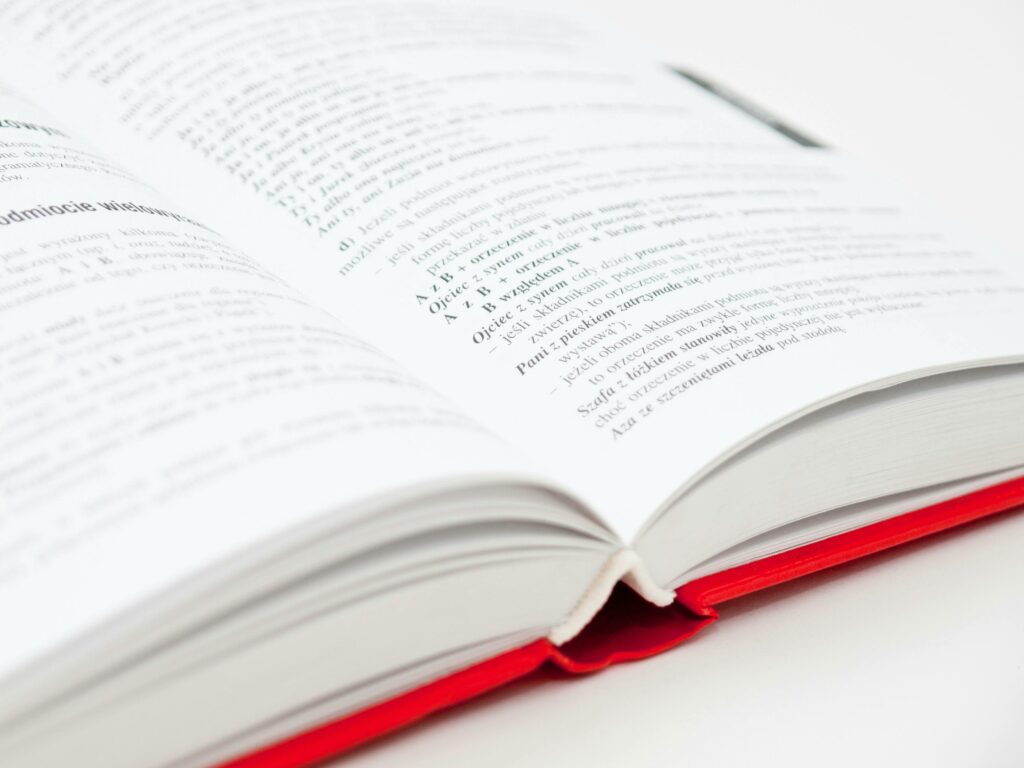Precision teaching, a data-driven educational approach, has undergone a remarkable journey of evolution since its inception in the 1960s. Rooted in behavioral psychology principles, precision teaching has transformed teaching methodologies and significantly impacted student learning outcomes. In this article, we delve into the rich history and evolution of precision teaching, exploring key milestones and notable advancements that have shaped its development.

Origins of Precision Teaching
Precision teaching emerged in the 1960s through the pioneering work of Ogden Lindsley, a student of renowned psychologist B.F. Skinner. Lindsley sought to apply Skinner’s principles of behavior analysis to education, with a focus on precise measurement and systematic instructional strategies. He introduced the concept of frequency-based measurement and developed the Standard Celeration Chart (SCC) as a tool for tracking student progress.
Example: Frequency-Based Measurement
Instead of traditional assessment methods based on percentages or grades, precision teaching introduced the concept of frequency-based measurement. This approach involves measuring the frequency of correct and incorrect responses per unit of time, providing educators with a more detailed and dynamic understanding of student performance.
Design Your Precision Teaching Worksheet
Key Milestones in the Evolution of Precision Teaching
1. Development of the Standard Celeration Chart (SCC)
The creation of the SCC by Ogden Lindsley revolutionized data collection and analysis in education. The SCC allowed educators to graphically represent student performance over time, enabling them to identify patterns, trends, and areas for improvement with unparalleled precision.
Example: Utilization of the SCC
Educators began incorporating the SCC into their instructional practices, using it to monitor the effectiveness of teaching strategies, track student progress, and make data-driven decisions. The SCC became a cornerstone of precision teaching, providing educators with valuable insights into student learning behaviors.
2. Expansion of Precision Teaching Principles
Over the years, precision teaching principles expanded beyond their initial applications in basic academic skills to encompass a wide range of educational domains. Educators began utilizing precision teaching techniques in areas such as reading fluency, mathematics proficiency, language development, and even behavioral interventions.
Example: Reading Fluency Programs
Reading fluency programs based on precision teaching principles gained widespread popularity in schools worldwide. These programs focused on improving reading speed, accuracy, and comprehension through intensive, data-driven instruction. Students engaged in timed reading exercises and received immediate feedback, leading to significant improvements in literacy skills.
Contemporary Applications and Future Directions
In recent years, precision teaching has continued to evolve in response to advances in technology and educational research. Educators are exploring innovative ways to integrate precision teaching principles into digital learning platforms, adaptive tutoring systems, and personalized learning environments.
Example: Digital Learning Tools
Educational technology companies have developed digital learning tools and software applications that incorporate precision teaching methodologies. These tools provide students with interactive learning experiences, real-time performance feedback, and personalized instruction tailored to their individual needs.
Check out our Free Math and English Worksheet Generators
The Ongoing Legacy of Precision Teaching
The history and evolution of precision teaching underscore its enduring legacy as a transformative force in education. From its humble beginnings in the 1960s to its current applications in the digital age, precision teaching continues to empower educators and improve student outcomes worldwide. As we look to the future, the principles of precision teaching will undoubtedly play a pivotal role in shaping the landscape of education for generations to come.